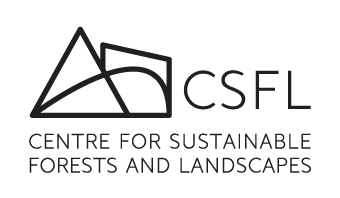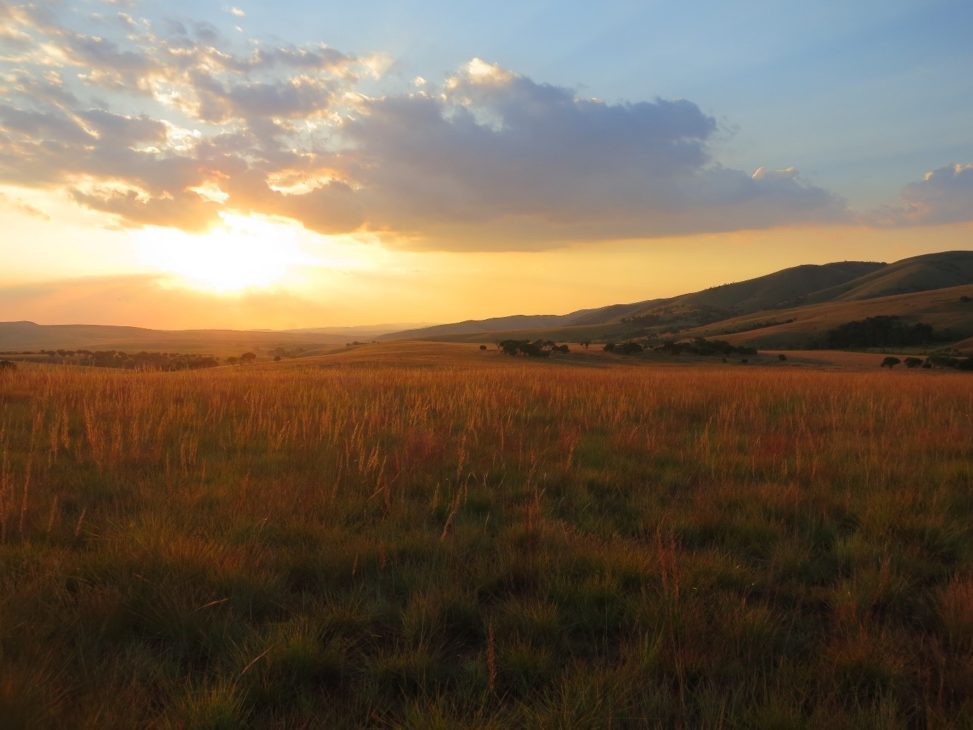Over the last months there has been a deal of attention given to tree planting as a means to solve the climate crisis. Our climate crisis is, as we know, an incredibly complex and multi-faceted problem that does not affect all people equally or all parts of the Earth equally. Ofcourse, we need a multi-faceted approach to such a multi-faceted problem, and it is then perhaps no surprise that in the midst of overwhelming complexity and urgency seemingly simple solutions are attractive, to governments and individuals alike, perceived as practical because almost anyone could be involved. While our climate crisis is urgent, all potential solutions deserve appropriate scrutiny and consideration before they become a run-away train of global policy or we put too many eggs in one basket to ill-effect. History tells us human actions can have perverse unintended outcomes and that social and environmental justice is not often given the full and nuanced consideration it deserves.
Let’s start with, what is tree planting for? Most often tree planting is highlighted as a means to restore degraded forests or create new forests. There are many things bound up here.
What is a forest? Recent high-profile publications have “discovered” forest or highlight vast regions of Earth that could be forest. These publications rely on structural definitions of forest that bear little relevance to biology. Working definitions of forest adopted by the UNFCC and FAO define forest as any area >0.5h hectares in size with >10% tree cover, and any area that meets these criteria is then classed as “forest”. The assumption being areas classed as forest with few trees are degraded ecosystems representing opportunities for restoration. However, structure masks function and our global biosphere is comprised of a fabulous diversity of biomes that can have overlapping structural characteristics.
Over the last hundred or more years, the global approach vegetation classification has been based on structure. i.e., how many and how tall are the trees. However, ecosystems can have the same structural properties but be functionally divergent as a product of the processes that assembled those ecosystems over ecological and evolutionary timescales, something well appreciated in ecology but less so in landscape and forest management. As example, across the tropics, four sites with the same environment could all have 40% tree cover (all technically forest according to the FAO): 1) degraded forest; 2) savanna; 3) degraded savanna; or, 4) abandoned plantations and farmland. The ecology of these four sites are poles apart with ecological differences not discernible via remote sensing or such broad brush structural definitions. Differentiation would require on ground information about species composition and diversity, environmental history and the functional responses of species environmental change. In the example of a degraded forest, forests are naturally high in tree cover because tree species that characterise these ecosystems on balance recruit in the shade. Both drought and fire are enemies to shade and the most likely set of processes leading to degradation here, could be a combination of selective logging priming an area for fire post-drought (see the current attention to the Amazon fires), where in the absence of logging and people building roads, forests are naturally damp shady closed canopy ecosystems. Here, tree planting could be an effective means of restoration as long as consideration is given to what is planted, namely local indigenous tree species. It is surprising how often non-native species are planted under the guise of being “fast growing” despite the potential for species becoming invasive (there are now countless examples where good intentions with species introductions lead to invasive species that cost billions of pounds/dollars in efforts to remove them and restore ecosystems). In contrast, the savanna, a naturally open and sun-lit ecosystem would be degraded through tree planting. The unique diversity that typifies savannas such as a host of grasses, forbs (including lillies, irises, and gingers), trees along with an array of insects, birds, reptiles and mammals, depend on open habitats. Here, plants recruit in sun-lit environments and animal diversity and dynamics is often shaped around predator-prey interactions specific to open landscapes (termed a landscape of fear). Ongoing trends of increasing tree cover negatively alters the processes that fundamentally shape savanna ecology, namely frequent fire and animal movements. In fact, a degraded savanna could be one where, rather than trees having been planted, they are increasing in abundance for unknown reasons. This is a process called woody encroachment and is happening worldwide, to the most severe effect in the Brazilian Cerrado and South African savannas. The causes of encroachment are only hypothesised, but the effects are a good proxy for those of tree planting – reduced and altered biodiversity, reduced surface water flows, reduced pasture, reduced animal habitats and less fire. In the final example of an abandoned plantation (common across parts of the tropics), the species are most likely not-native and it is these completely transformed systems where there needs to be discussion about use and value for local versus global agendas. Restoring grasslands (as many abandoned plantations were previously) is on average more difficult than restoring forests.
The sum of the example is that underpinning current global investment in tree planting policies is an absence of holistic thinking about biodiversity and ecosystems – the definition of forest is not fit for purpose. We sit amid the sixth great extinction, and the global store of diversity deserves better than definitions of forest unrelated to biology. The sad fact is that Brazilian savanna has been transformed at twice the rate of the Amazon but this receives little attention. We should be in the midst of a massive conservation effort of grassland and savanna not only for their intrinsic unique diversity but for crop wild relatives to ensure future human food security given this largely depends on grasses.
Ignoring biodiversity, should all parts of the Earth that can be, be forest? Arguments for forest establishment over other ecosystems centre on diversity, carbon, ecosystem services and climate. Restoration is a difficult process and planting a tree does not mean that it will survive, far better to manage the environment to facilitate natural regeneration and have politics and policy minimise further land clearing. There are many articles now that highlight tree planting for new forests has been over-sold for both climate and carbon, and also calling for consideration of forest definitions to avoid development of plantations. Rather, forests should be replanted and restored where they were initially rather than at a cost to other ecosystems, but it has to be accepted that is not as simple as planting a tree in the ground, it also requires environmental conditions for it to thrive.
Finally, there has been almost no examination of the ethics and equity of tree planting where tree planting will transform landscapes permanently in countries largely receiving of the climate crisis. Maps presented in various publications suggest savannas and grasslands as the most obvious location, and these are located largely in the Global South. Is it fair to transfer the problem of the climate crisis elsewhere? My concern is that tree planting is a further mechanism for avoidance of dealing with our climate crisis, and that such a global agenda can lead to neo-colonial practices. Instead of tree planting programs surely countries deserves development investment rather in jobs, education and low carbon pathways to transform energy systems.
by Caroline Lehmann1,2
1 Tropical Biologist, Royal Botanic Garden Edinburgh
2 Senior Lecturer in Biogeography, School of GeoSciences, University of Edinburgh




Leave a Reply